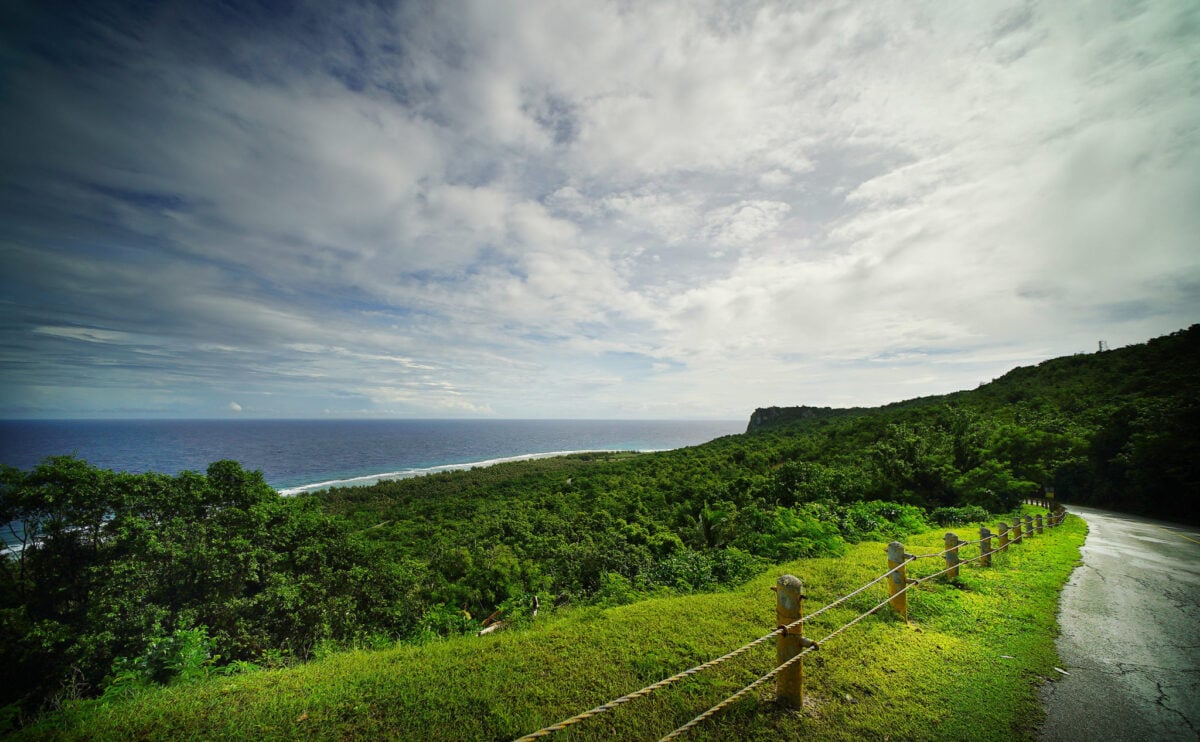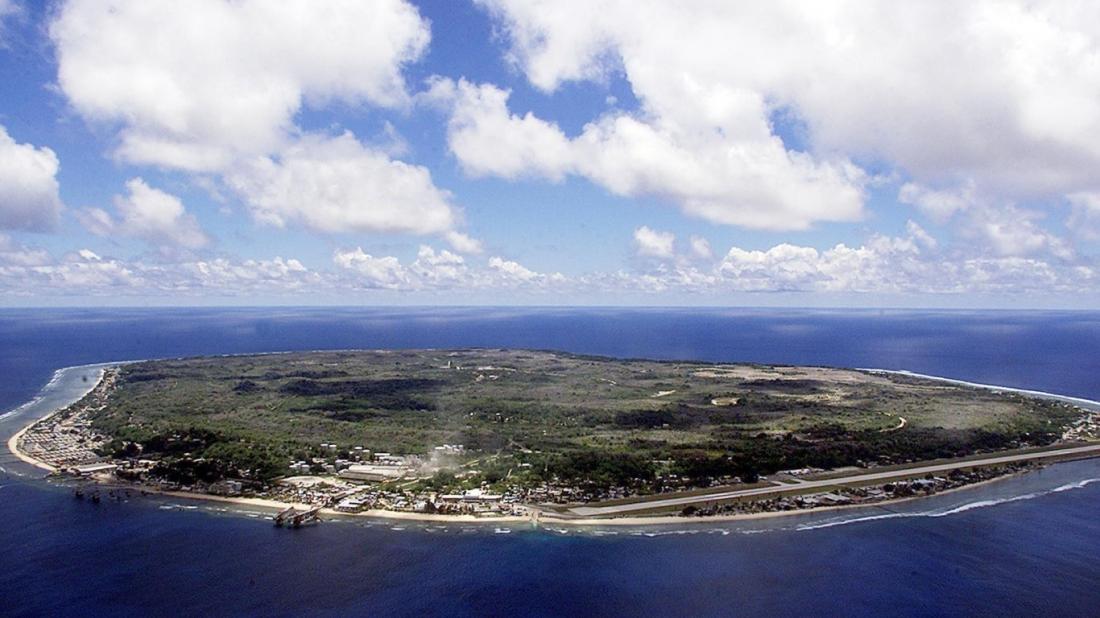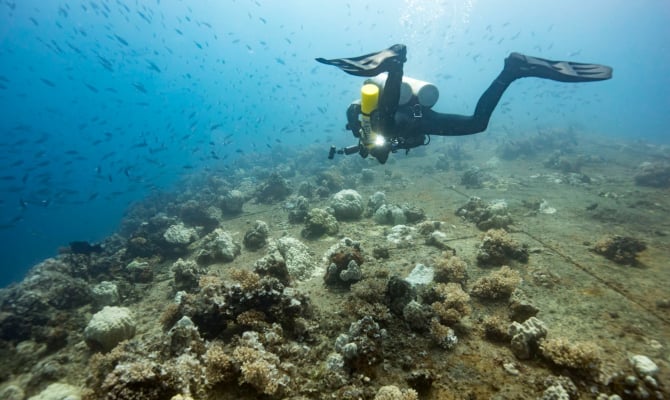Legal action seeks to save endangered species by stopping Marines’ relocation to Guam. “Military expansion is destroying Guam’s precious natural and cultural heritage, and enough is enough.”
The Centre for Biological Diversity, Blue Ocean Law and Prutehi Litekyan: Save Ritidian has disclosed plans to sue the U.S Navy and the U.S Fish and Wildlife Service to stop the ongoing construction of a machine gun range and the relocation of 5,000 U.S Marines to Guam.
These activities jeopardize the survival of 15 endangered species, including the Guam Micronesia kingfisher and the Mariana eight-spot butterfly, the environment activists said.
“Military expansion is destroying Guam’s precious natural and cultural heritage, and enough is enough,” said Maxx Phillips, Hawai’i director and staff attorney at the Centre.
“Adding insult to injury, the Navy isn’t living up to its duty to mitigate this harm and ensure the survival of Guam’s imperiled plants and animals. Instead of barely doing the absolute minimum, the Navy needs to take responsibility and correct the problems it’s largely caused.”
According to the environmental groups, relocating Marines to Guam will result in the destruction of more than 1,200 acres of the last, best-remaining limestone forests. These forests, known as the Guam National Wildlife Refuge, were already set aside as mitigation for habitat loss and disturbance by the Air Force.
They provide the last suitable habitat for beautiful species like the Guam Micronesian kingfisher, or sihek, which is extinct in the wild and struggling in captivity. The Mariana crow (åga), Guam rail (ko’ko’), Mariana fruit bat (fanihi), the single remaining adult tree of håyun lågu on Guam, Mariana eight-spot butterfly (abbabang), three species of tree snail and six additional native plants also call the refuge home.
“This is one of those rare occasions when the law can be powerful, can be called upon to serve the interests of the most vulnerable,” said Julian Aguon of Blue Ocean Law. “It’s not just biodiversity we are protecting, it’s beauty too. Beauty is our birthright and we are duty-bound to protect it.”
The activists said the U.S military “has had a devastating impact on Guam’s landscape and that the relocation of Marines continues a long history of harm inflicted on the people and environment of Guam by military activity.”
They noted the introduction of the brown tree snake after World War II — likely as a stowaway in military cargo — caused the extinction of 12 of Guam’s native bird species and the local extermination of several more, including the åga and ko’ko’.
They also said habitat destruction and fragmentation driven by the military, which owns nearly a third of the land on Guam, has led to the endangerment of many of Guam’s plants and animals and severe alteration of its forests.
“The U.S military has a long history of taking our land and destroying our native species, not least through the introduction of the brown tree snake leading to the decimation of Guåhan’s native bird population,” said Monaeka Flores, a core member of Prutehi Litekyan: Save Ritidian.
“If the U.S government and military are serious about environmental protection and addressing climate change, they need to start by addressing the devastating environmental effects of their own activities,” she added.
The groups also accused the Navy of reneging on its commitments to protect thousands of acres of kingfisher habitat and to take other remedial steps required by biological opinions issued by Fish and Wildlife between 2010 and 2017.
“The Navy has failed to mitigate the harm caused by military expansion, leading to unlawful deaths and jeopardy for threatened and endangered species. The Navy has also violated the Endangered Species Act by failing to reinitiate consultation and ignoring important new information regarding the status of species harmed by its activities,” the groups said.
They said the ongoing construction of the machine gun range poses a particular threat to the single remaining tree of håyun lågu. “Once the range is cleared, the tree will be exposed to typhoons that are getting stronger because of climate change, as well as stray bullets and fires,” the groups added.
They noted that the Navy was supposed to fence off an area to protect it from introduced ungulates that keep the tree from reproducing and to plant 30 young trees on the site. “This has not occurred,” they said.
“This is truly a Lorax-like situation with literally one tree left on Guam,” said Phillips. “It is heartbreaking and unacceptable that the Navy would recklessly endanger this mother tree.”
This story was originally published at Pacific Island Times on 28 May 2022, reposted via PACNEWS.




